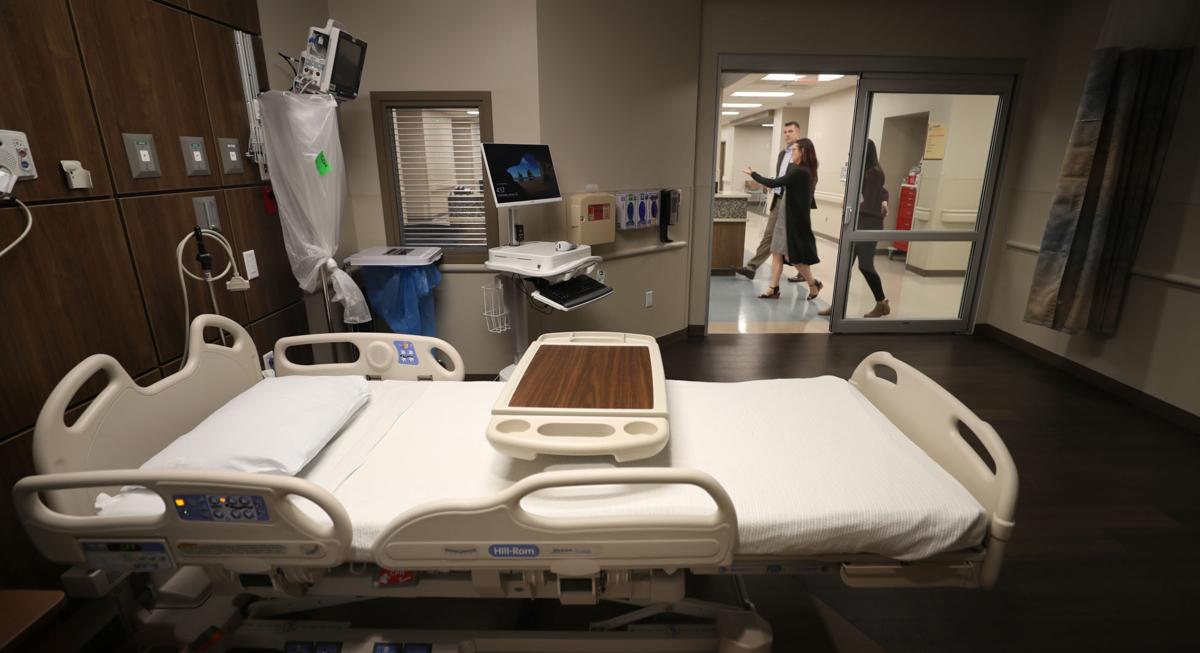Arizona should add more than 511,000 jobs by the end of 2028 compared with 2018 — assuming there are no major economic disruptions, people keep moving here and residents get older.
The projections by the state Office of Economic Opportunity means a 16.8% increase in the number of people working over that period, an average of 1.6% a year. That compares with just a 5.2% increase nationally over the same period, or just 0.5 percent annually.
And what’s expected to lead that is strong job growth in health services.
Put simply, an aging population will mean a higher percentage of Arizonans who become eligible for Medicare, according to Doug Walls, the agency’s research administrator.
A lot of this is going to be driven by growth — specifically people moving to Arizona — after years of what amounted to stagnation during the last recession. In fact, Walls figures that the net population change from migration to Arizona will far outstrip natural growth, meaning births minus deaths.
That, in turn, will fuel demand for housing, with projections of the construction industry growing by 1.9% a year through 2028.
But that pales in comparison with growth in health care. Walls figures Arizona will add another 176,000 jobs through 2028, an annualized rate that translates to 3.7%, far faster than population growth itself.
He points out that the number of people who turn 65 is expected to peak in 2023.
“They do consume more health-care services,” Walls said, saying that nearly half of one-time medical expenditures occur once people turn 65.
“Those are trends that can’t be ignored,” he said.
As the state’s population grows, all those new people are going to need things.
Walls said, though, that is unlikely to result in more people working at department stores and other retail outlets. Instead, he anticipates a continuing increase in the shift to online purchases, with the growth coming in this sector — and at the expense of more traditional brick-and-mortar retailers.
For example, Walls projects that employment at stores that sell clothing and accessories will actually shrink by 1.6% a year over the next decade. Electronics and appliance stores will see a 2.5% average annual decline in workers, with a 2.6% annual drop in the category that encompasses shops that sell sporting goods, hobby supplies, books and music.
The winners?
In addition to growth in construction, look for a 6.4% average annual growth in employment in warehousing and storage, much of this being fulfillment centers for online retailers.
And the number of people employed as couriers, including delivery drivers, will go up an average of 5.2% annually.
The state’s leisure and hospitality industry will add about 39,000 jobs over the next decade, but that represents a growth rate of just 1.1% annually.
All the numbers are built on those assumptions of what will — and won’t — happen over the next decade. Walls said he can’t predict what might happen if there is not a COVID-19 vaccine and the pandemic continues to impair economic growth.
Not surprisingly, the report figures that about 85% of those new jobs, a total of nearly 434,500, will be in Maricopa County. Walls said that is pretty much in line with what’s been happening in the past decade, translating to a 1.9% annualized growth rate in the state’s largest county.
Pima County is expected to gain about 29,000 of those jobs for an annualized growth rate of 0.7%.





